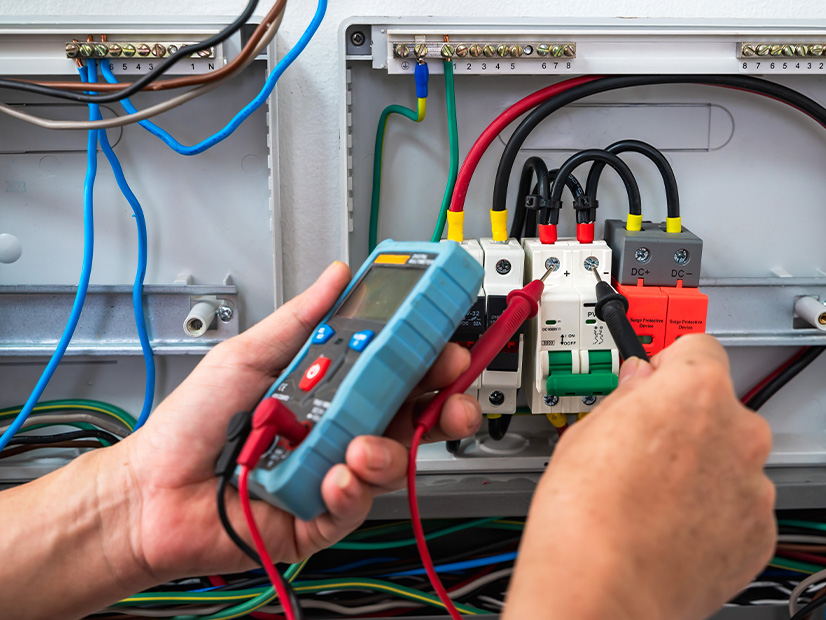Installing solar-and-storage systems at customer homes can improve grid resilience, according to a new study from Lawrence Berkeley National Laboratory, which found they cut loss of load by a mean of 96%.
The study crunched the numbers on the value of mitigating loss of load and regional differences in outages that last more than 24 hours from around the country. It calculated a benefit-to-cost ratio (BCR) using those data against the cost of solar-and-storage systems, which found the resilience benefits alone justify an average of 14% of the costs of storage.
The actual resilience benefit to adding storage to solar varies significantly around the U.S., ranging from zero to 58% of the costs. Roughly half of the 2,519 counties studied have a BCR under 0.1, and just 12% of counties have a ratio greater than 0.3, the study says.
Those benefits grow with the frequency of extreme weather events leading to significant outages, a higher value of lost load (VOLL) and in scenarios with lower costs of storage, whether from tax credits or cheaper technology.
“The results demonstrate that, in most counties, resilience benefits alone are insufficient to justify the economic addition of storage to existing PV systems,” the study says. “The coinciding occurrence of higher frequency of resilience events, higher VOLL and lower cost can substantially increase average BCR, but these conditions apply to a smaller set of customers.”
Customers get more than just resilience from solar-plus-storage systems, such as cutting utility bills and leveraging grid services, the paper notes.
VOLL can vary significantly among individual customers, with residents that have medical devices that need electricity, vulnerable household members or sensitive equipment placing a higher value on it than others. The paper accounts for those varying needs with a sensitivity analysis.
The findings indicate that solar plus storage can alleviate the impact of resilience events on customers, especially in areas with a high number of such events.
“In the future, we expect climate change to increase the frequency of extreme weather events and potentially the frequency of interruptions,” the paper says. “Increased electrification of end uses intuitively suggests that customers’ average VOLL will increase: Fulfilling any needs will require electricity, with few substitutes available.”
With the regional disparity of areas more prone to outages and relatively higher VOLLs seeing more benefits from solar plus storage, the paper says customers in those areas should have affordable options to mitigate those impacts.
Utilities can maximize the grid and customer benefits of distributed solar plus storage by offering more granular outage information: detailing specific locations, durations and customer impacts, and making anonymized data public. They can also improve the quantification of VOLL, with the paper suggesting that utilities at least break down the value by customer class and location.
“Hosting capacity analyses and publicly available maps allow developers to target specific areas of the distribution system with value-adding resources,” the report says. “A similar approach could be developed for resilience value, in which a utility would integrate its outage management system data and granular VOLL estimates to quantify areas of the grid in which storage may have a high resilience value.”



